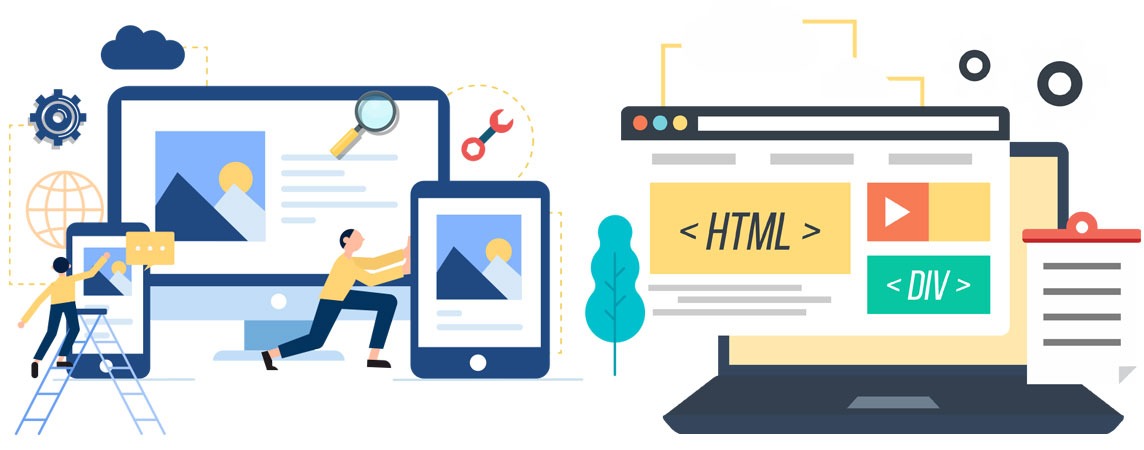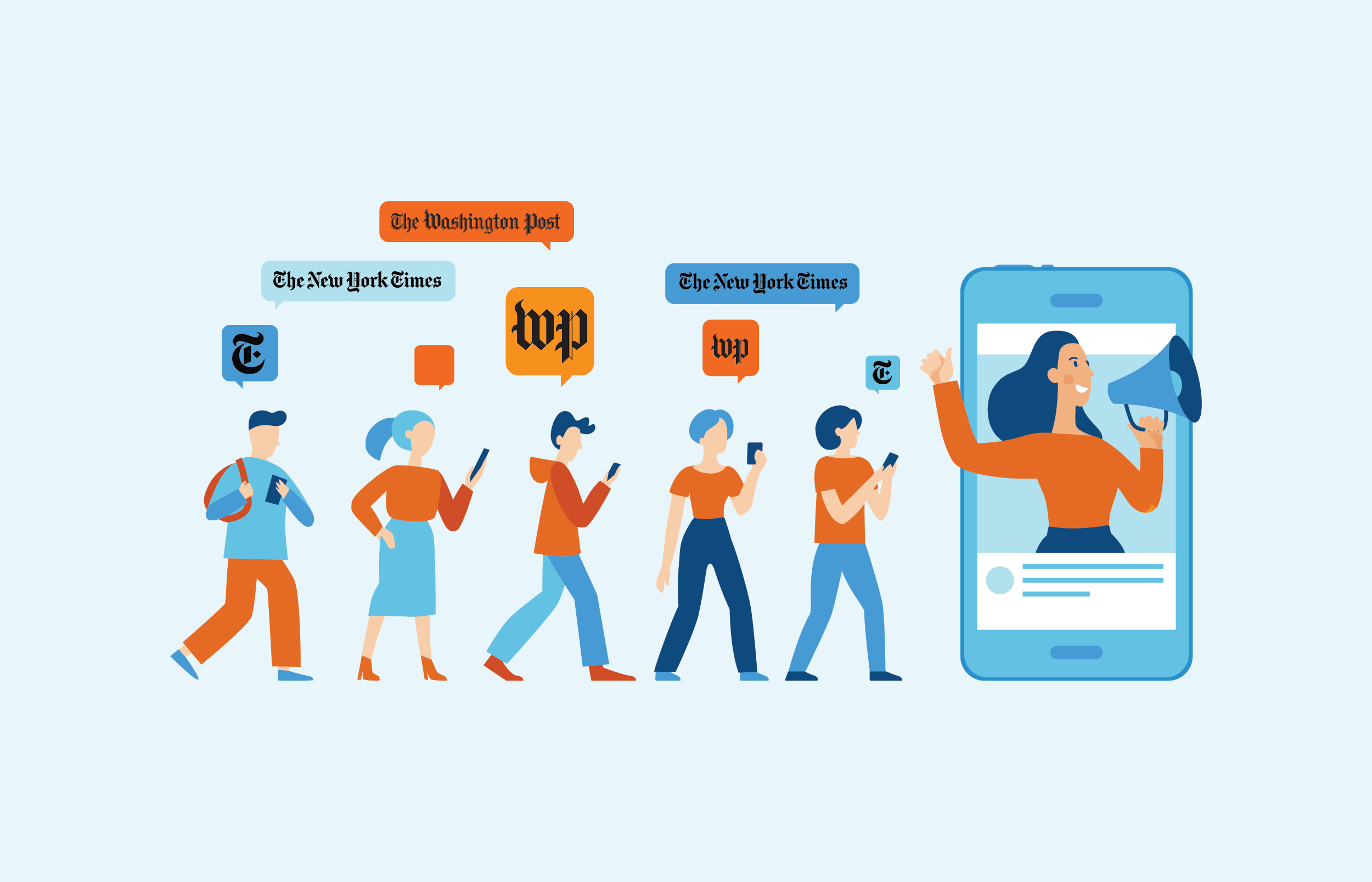As a leading website development company in Kolkata, we have observed the city’s bustling commerce and digital innovation firsthand. The shift towards mobile-first web design here isn’t just a trend—it’s a revolution. Our journey into the mobile-first philosophy has given us unique insights into why this approach is not just beneficial but essential for survival in today’s market. Here’s a deeper look into how we and our peers in Kolkata are making strategic changes to stay ahead in the digital curve.
Table of Contents
Toggle1. Understanding the Mobile-First Approach
The concept of mobile-first design involves creating an online experience primarily for mobile devices before designing it for desktop or any other larger screens. This strategy stems from acknowledging the predominant use of mobile devices to access the internet. With over 70% of Kolkata’s internet users logging in via mobile, it’s clear why the mobile-first approach is critical. Mobile-first design focuses on optimizing web experiences to fit the small screens, utilizing touch controls, and prioritizing website speed to cater to the on-the-go lifestyle of today’s users.
2. The Shift to Mobile-First: A Local Perspective
Across Kolkata, from bustling street markets to corporate towers, the transition to mobile-first web designs is palpable. Businesses across the spectrum are rapidly adopting this approach to better connect with their mobile-centric customer base. For example, a prominent local retail chain revamped its website to a mobile-first format and saw immediate dividends with a 40% uptick in mobile-driven sales. This is a vivid testament to the power of strategic adaptation to user preferences. It’s not merely about following a global trend but about weaving technology into the fabric of local consumer behavior, which is increasingly mobile-oriented.
3. Features of a Mobile-First Website
What truly sets a mobile-first website apart? Beyond basic responsiveness, such sites are engineered for optimal mobile performance, focusing on speed, navigation, and user interface. Key features include streamlined menus, touch-friendly buttons, and quick-load functionalities that are crucial for keeping mobile users engaged. For instance, ensuring that a website loads within the golden three seconds is vital to prevent user drop-off. We employ advanced compression techniques and image optimizations to meet these speed requirements, aiming to create not just a mobile-compatible site but a mobile-optimized experience.
4. Real-Life Success Stories
Let’s delve into some real-life success stories that highlight the transformative power of mobile-first design. One of our recent projects involved a well-known café chain in Kolkata that wanted to enhance their digital presence. They were struggling with low engagement and conversion rates on their existing website, which was not optimized for mobile users. We redesigned their website with a mobile-first approach, focusing on quick loading times, intuitive navigation, and a streamlined online reservation system.
Post-launch, the results were astounding. The café chain reported a 65% increase in online reservations made via mobile devices within just a few months. Customers loved the new, user-friendly interface that allowed them to browse the menu, make reservations, and even place orders for pickup, all with a few taps on their smartphones. This success story underscores the importance of prioritizing mobile users’ needs and how a well-executed mobile-first strategy can drive tangible business outcomes.
5. Overcoming Challenges
Implementing a mobile-first design approach comes with its own set of challenges. One major hurdle is balancing aesthetics with functionality, especially on smaller screens where space is limited. For instance, integrating complex features like an interactive booking system without compromising on the visual appeal or usability can be tricky.
During one of our workshops, we faced the challenge of designing a mobile-first website for a high-end restaurant that wanted to offer an interactive and immersive experience for their customers. The goal was to create a visually stunning website that also featured a seamless booking and ordering system. Through several iterations and user testing sessions, we managed to strike the perfect balance between aesthetics and functionality.
We utilized minimalist design principles, focusing on essential elements that enhance user experience while keeping the interface clean and clutter-free. Additionally, we leveraged scalable vector graphics (SVGs) for high-quality visuals that don’t affect loading times, ensuring the site remained lightweight and fast. This project taught us valuable lessons in design efficiency and the importance of user-centricity, which are crucial when developing mobile-first websites.
6. Why Mobile-First Matters for Kolkata’s Market
Kolkata, with its rich cultural tapestry and thriving business ecosystem, presents unique opportunities for businesses to connect with a diverse and dynamic audience. The city’s bustling street markets, vibrant cultural festivals, and tech-savvy population make it a hotbed for mobile internet usage. Real-time access to information is crucial here. Whether it’s finding the nearest restaurant, booking a cab, or checking event schedules, mobile-first websites cater to the immediate needs of on-the-go users.
For local businesses, this means enhanced engagement and improved customer satisfaction. For instance, a local event management company we worked with transitioned to a mobile-first website to provide real-time updates on events and ticket bookings. This shift not only boosted their engagement rates but also saw a 50% increase in mobile ticket sales. By prioritizing mobile-first design, businesses in Kolkata can better serve their audience, leading to higher customer retention and loyalty.
7. The Future of Mobile-First in Kolkata
The future of mobile-first design in Kolkata looks promising. As mobile technology continues to advance and internet accessibility expands, the importance of mobile-first strategies will only grow. Emerging technologies like 5G will further enhance mobile connectivity, making fast, seamless mobile experiences more critical than ever.
Looking ahead, businesses that continue to prioritize and innovate in mobile-first design will set the standard in the market. We are committed to staying ahead of the curve, integrating the latest technologies and design practices to deliver exceptional mobile-first experiences. This involves continuous learning and adapting to new trends, ensuring that our clients remain at the forefront of the digital landscape.
We foresee a future where every business, regardless of size, will need to adopt a mobile-first mindset to remain competitive. From integrating augmented reality (AR) for immersive shopping experiences to utilizing artificial intelligence (AI) for personalized user interactions, the possibilities are endless. As developers in Kolkata, we are excited to be part of this transformative journey, driving innovation and delivering value through cutting-edge mobile-first solutions.
Conclusion
Embracing a mobile-first strategy is not just a technical decision—it’s a customer-centric approach that meets the evolving needs of today’s users. In Kolkata, this approach is not only enhancing user experiences but also driving significant business growth. From increased mobile engagement and sales to improved customer satisfaction and retention, the benefits are clear.
As a leading website development company in Kolkata, we are proud to be at the forefront of this revolution. We believe that by prioritizing mobile-first design, businesses can unlock new opportunities and achieve sustainable growth in an increasingly mobile world. How has your business adapted to the mobile-first era? Are you seeing the results you hoped for? Share your thoughts and experiences in the comments below—we’d love to hear from you.
or more information visit our website – https://leadexindia.com/






